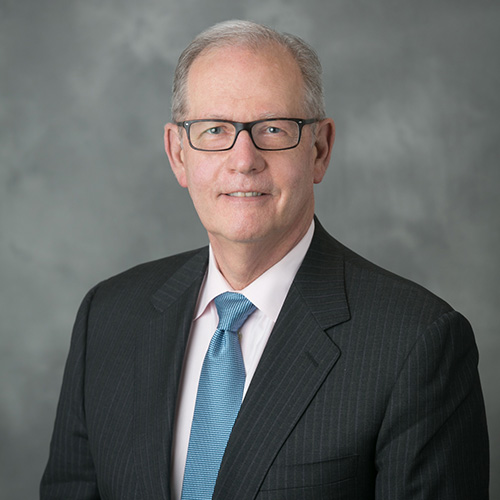How Changes in Physician Payment Can Impact Innovation
The methodology private and government payers use to measure quality outcomes in health care is changing, David W. Parke II, MD, CEO of the American Academy of Ophthalmology, told attendees at OIS@AAO 2016 during his talk “Ophthalmic Innovation 2016: A View from the AAO,” and that means a greater focus on outcomes achieved per dollar spent.
That paradigm shift is going to have a significant impact on developers of new drugs and medical devices, he said, and that will involve what he called “the three biggest innovative trends in the profession of ophthalmology”: moving from volume to value, from anecdotes to analytics, and from patients to populations.
“The big issue is, are we really measuring the right stuff?” Dr. Parke said. Using surgery as an example, a surgeon and patient must account for several factors: whether to have the operation, what procedure to choose, the technical skill involved, and following guidelines for preventing infections. “The last one is the only one we measure in the patient,” he said. “So in the past, the system basically has not measured the right stuff.”
But Medicare payment reform in the form of MACRA (the Medicare Access and CHIP Reauthorization Act), which essentially moves Medicare reimbursement away from a traditional fee-for-service to a value-based model, is taking effect in 2017. “The impact for industry is pretty obvious because within three years, 30% of each ophthalmologist’s individual score – and Medicare is going to be giving every ophthalmologist an individual score on which their payment will be based – is going to be based on total cost,” Dr. Parke said.
Ophthalmology may be better equipped to make the transition to the new payment model than other medical specialties thanks to the IRIS (Intelligent Research in Sight) registry, Dr. Parke said. “IRIS now has over 100 million visits in this registry; it is the largest specialty clinical data registry in the world in just over two years,” he stated. The AAO estimates IRIS saved US ophthalmologists up to $328.5 million in 2015, he said. “And it costs nothing to participate in, so it’s basically infinite ROI.”
The IRIS registry now includes 3.7 million cataract operations and 4.5 million intravitreal injections, Dr. Parke said.
For industry, he said IRIS proffers “a tremendous way to measure value,” and a “fantastically rich database in everything from rare diseases to natural history to treatment impacts.”
Presentation Slides:
Presentation Audio:
Participant:

David Parke II, MD
Dr. Parke is CEO of the American Academy of Ophthalmology. Prior to assuming this role, Dr. Parke served as president and CEO of the Dean McGee Eye Institute and Chair of the Department of Ophthalmology at the University of Oklahoma.
